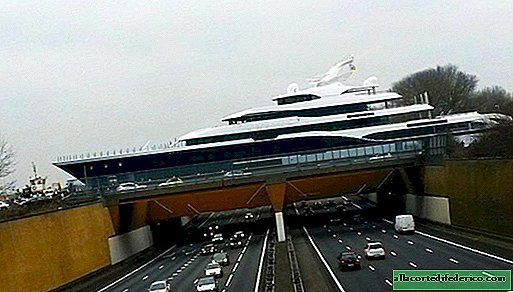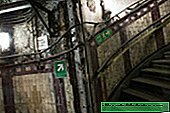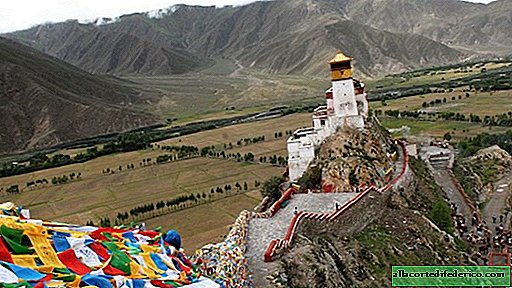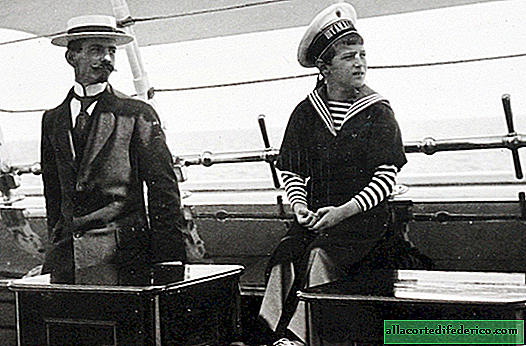Modern cruise to Staraya Ladoga
In the 1960s, Soviet travel agencies launched two new high-profile routes: the Golden Ring around Moscow and the Silver Ring around St. Petersburg. The money, apparently, was enough to promote only the first, gold: Trinity-Sergius Lavra, Rostov, Suzdal, Yaroslavl ... Kokoshniki, pancakes, painting.
The silver route remained unbroken. Although there are enough ancient ruins in the Leningrad region. Five fortresses, two large monasteries, Vyborg Castle and Novgorod with Pskov were supposed to enter the route.
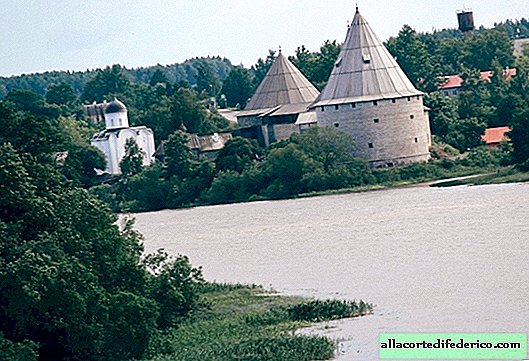
To explore our northern homeland, where even in the summer you have to walk in a jacket, I went to Staraya Ladoga on a ship. Repeating the route of the king Rurik, who in 862 with his brothers arrived on these lands and began to rule the place, which was later named Rus.
I decided to figure out who the Russians were and feel the connection with this place.

A thousand years ago, it was here that it all happened.

The current Staraya Ladoga is a village in the Leningrad region. There are many old huts and several cafes that are located on Varyazhskaya Street, the oldest in the country.

Ancient Varangians - red-bearded Swedes paved Varyazhskaya street. 1200 years ago, they came to Staraya Ladoga, transplanted from large sea drakars to flat-bottomed river vessels, went down even further downstream, robbed the local population, burned poor villages, and then returned back to the street named after them ...

This is the first capital of ancient Russia, where the Rurik dynasty came from.
View of the fortress from the vegetable gardens across the Ladoga river.

The fortress stands at the confluence of the Ladoga River and the Volkhov. In the times of Novgorod Rus, the fortress was one of the most important cities - it was here that the only possible harbor was located, where sea vessels stopped that could not sail through the Volkhov rapids.

The first buildings of Staraya Ladoga - ship repair workshops - date from the middle of the VIII century. The first settlement consisted of only a few buildings and was destroyed in the 760s.
Church of Dmitry Solunsky. It was first mentioned in 1646, as a "sovereign structure." To our time, a rebuilt version of 1731 has survived.

In 882, the Prophet Oleg built the first stone and earthen fortress, with the advent of which Ladoga (that was the name of the city until 1703) turned from a small trade and craft settlement into an old Russian city.

This fortress was destroyed in 997 by the Norwegian jarl Eric.


Church of St. George. Built around the 12th century. It is considered the oldest stone structure preserved in the Russian north.

Ladoga remained a city until 1703, when Peter I founded New Ladoga at the mouth of Volkhov.

The most valuable thing in the history of the country is entrusted to the young hands of students.

I have not seen for a long time that with such enthusiasm people waved shovels and ran with buckets!

Excavations are more reminiscent of a battlefield, with the commander and exhausted people in the trenches. But what are we tired of when the question is at stake: "what is there in the earth?"

There is one local legend associated with the name of Alexander Nevsky. It is said that before the battle on Lake Peipsi, the prince consecrated his sword in the church of St. George the Victorious in the Old Ladoga Fortress. Perhaps this is what ensured the victory of the Russian army.

Monument to Rurik and Prophetic Oleg.

If you leave Ladoga on the ground, you can stop near the grave of the Prophetic Oleg. The priests predicted Oleg’s death from a horse, and he ordered the four-legged friend’s mouth to be found somewhere here in the Ladoga flood meadows.

After the death of the horse, a poisonous snake settled in his skull, who did not like anyone walking on the skull chosen by her. In 912 Prophetic Oleg died of a snakebite, and his friends poured a huge mound over his body.

A thousand years later, the mound undertook to research a Pole at his own expense. The funds were enough only to dig a hefty pit in the middle of the mound.

Even before reaching the burial place, the Pole abandoned the excavation and moved to his historical homeland. What is located below the excavation line is still unknown.








